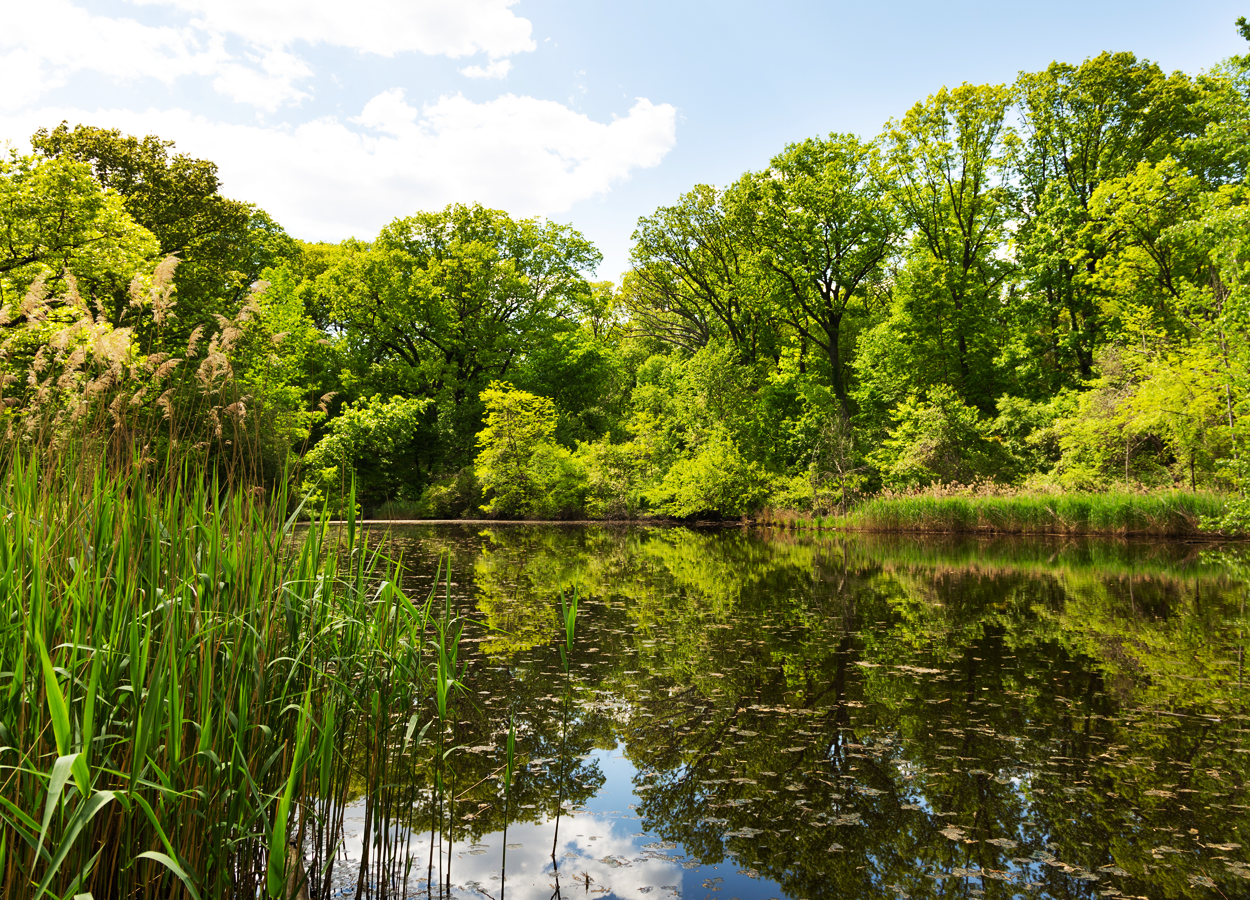
Dendrology & Roost Ecology Laboratory

The Dendrology & Roost Ecology Laboratory (DAREL) at Gotham Bat Conservancy is dedicated to exploring the intricate relationships between bats and the trees they depend on for roosting and foraging. Trees play a critical role in bat conservation, serving as essential roosting habitats and foraging grounds. This laboratory researches the ecological connections between bat species and various tree species, focusing on how forest structure, tree health, and landscape composition influence bat behavior and population dynamics.
Laboratory Directors:
Sally Kim
Ryan Mahoney
Key Contributors:
Beth Crane - Software Engineer
Dan Holodak - Software Developer
Goals of the Dendrology & Roost Ecology Laboratory
Study the role of tree species and forest composition in providing roosting and foraging opportunities for bats:
Bats rely on trees not only for roosting but also as key foraging grounds. Certain tree species, with their specific bark textures, branch structures, and cavities, offer ideal roosting habitats for various bat species. Our lab studies how different tree species and forest compositions contribute to these opportunities. We analyze factors such as tree height, age, and canopy structure to determine which tree species are most beneficial to bat populations. Understanding these relationships helps guide forest management and urban planning to promote biodiversity and healthy bat habitats.
Develop restoration plans for enriching critical roosting habitats, especially in urban and suburban areas:
Urbanization poses significant challenges to bats, often leading to the loss of crucial roosting habitats. Our lab works to develop restoration plans aimed at preserving and restoring critical roosting habitats, particularly in urban and suburban settings where trees face greater threats from development and pollution. These guidelines focus on identifying key tree species and areas that should be restored and offer practical recommendations for urban planners, conservationists, and local governments. We also collaborate with architects and city planners to integrate bat-friendly trees and green spaces into city infrastructure projects.
Investigate the impact of tree health and forest management practices on bat populations:
Tree health and management practices, such as logging, pruning, and disease control, significantly affect bat populations. Dead or dying trees, for example, often provide crucial roosting spaces, while overzealous forest management may remove these essential habitats. Our lab investigates how various management practices, such as selective thinning, reforestation, and pest control, impact the availability of roosting sites and overall bat population health. We also study how tree diseases like ash dieback and oak wilt influence roosting dynamics and the long-term survival of bat species in affected areas.
Research Areas
Forest Roost Ecology: Detailed studies of tree species that serve as key roosting sites for bats, including older trees, deadwood, and canopy structure. Researchers examine the microhabitats within trees—such as cavities, bark crevices, and hollows—that bats use for day roosting and hibernation.
Habitat Conservation Plans: Focus on practical minimization and mitigation strategies aimed at improving the quality of roosting habitats in forests and rural areas. Emphasis is placed on preserving mature trees and deadwood, planting appropriate tree species, and ensuring long-term sustainability of bat habitats.
City Parks Tree Inventory Project: Aimed at mapping and identifying crucial tree species within urban parks that provide important roosting habitats for bats in urban areas. This supports UBCL efforts by highlighting how urban green spaces can act as refuges for forest-dwelling bats.






